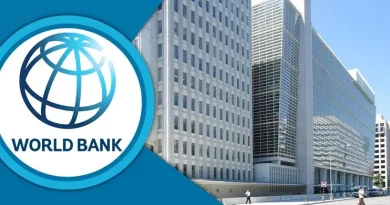Bangladesh’s leather industry has struggled to surpass the US $1 billion export mark for over a decade, despite its potential to reach $5 billion by 2030, experts and industry leaders say.
“Inadequate infrastructure, lack of international compliance, and poor coordination among stakeholders are holding the sector back,” said Md Shaheen Ahamed, Chairman of the Bangladesh Tanners Association (BTA). The incomplete Savar Tannery Estate and its poorly maintained Central Effluent Treatment Plant (CETP) continue to release untreated water, blocking tanneries from obtaining Leather Working Group (LWG) certification—essential for accessing premium global markets.
Bangladesh produces one of the largest supplies of raw hides in South Asia, yet foreign buyers largely avoid local leather due to non-compliance with environmental and social standards. As a result, tanners are forced to export semi-processed wet blue at prices 20–30% lower than finished leather goods.
“Bangladesh has every advantage—raw hides, a large labour force, and government export incentives—but the sector remains stuck,” said Dr M Masrur Reaz, Chairman of Policy Exchange Bangladesh. He pointed to fragmented supply chains, outdated technology, inefficient pricing, and a lack of vertical integration as persistent obstacles.
Labour issues further complicate growth. Abul Kalam Azad, President of the Tannery Workers’ Union, said many workers still lack basic rights such as employment letters, identity cards, and minimum wages, while non-compliance with social standards limits market access.
Experts recommend completing and modernising the Savar Tannery Estate and CETP, promoting LWG certification through incentives, supporting SMEs in branding and design, and shifting exports toward finished goods. They also call for structural reforms, better coordination, and improved rawhide preservation and pricing systems to unlock the sector’s full potential.
“The sector has been trapped in a billion-dollar cage for too long. With proper investment, compliance, and planning, Bangladesh can emerge as a leading global leather exporter,” Shaheen Ahamed added.






